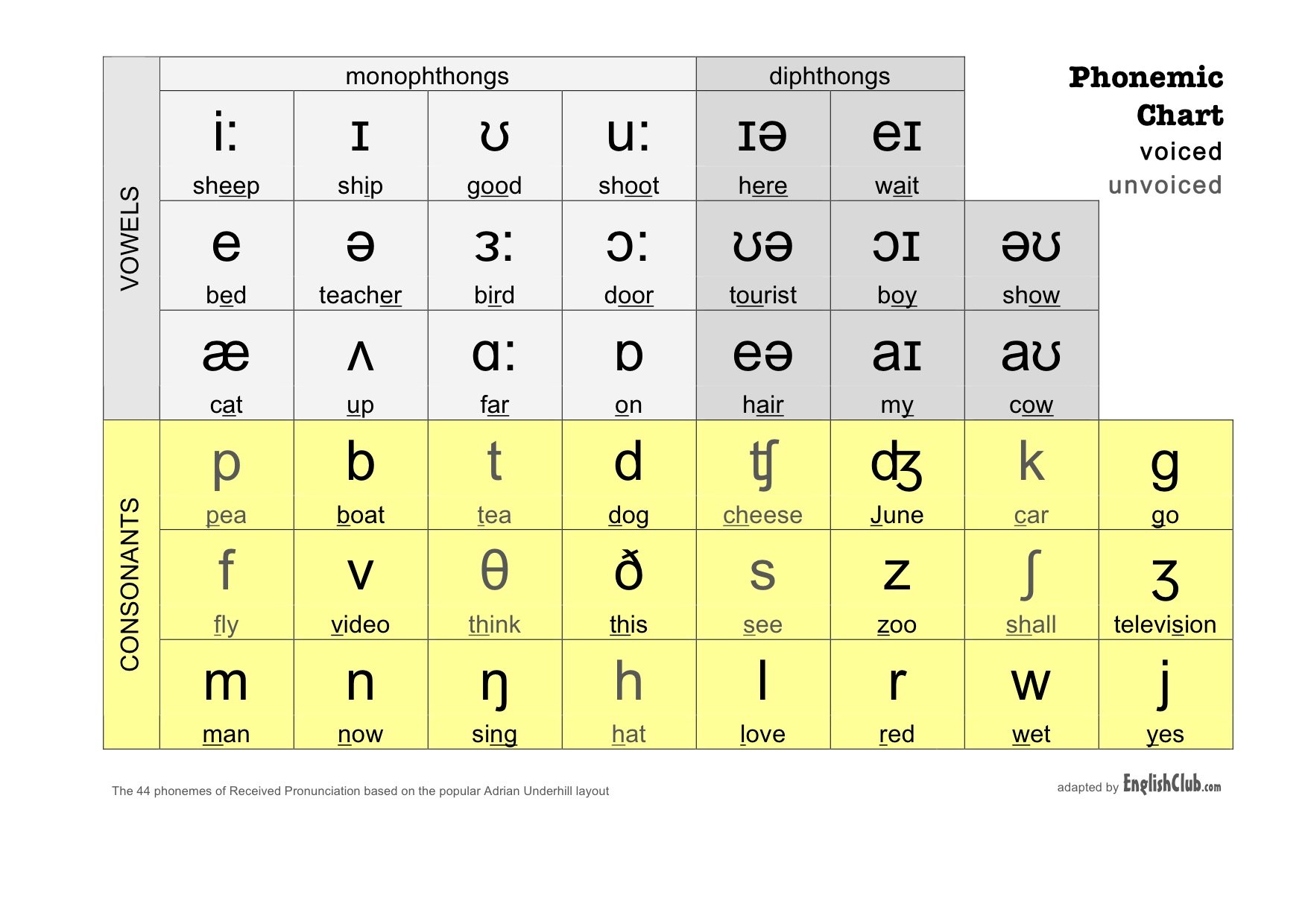
Warm up
—- * * FOR NEW STUDENTS ** ————————————— ————
- What industry do you work in and what is your role?
- What are your responses in your role / position?
- Can you describe to the function of your workplace / company?
- How many departments, how many offices. National or International?
- What are the minimum requirements for employment ie Education or Experience?
- How many opportunities are there to ‘move up the ladder’?
- What is the process for changing job roles ie Interview? Test?
————————————————– —— ——————————————– ——- —
General discussion about your workweek:
- Current projects? Deadlines? Opportunities?
- Anything of interest happening?
————————————————– —— ——————————————– ——–
Script
1. Warhol declared, “In the future, everyone will be world-famous for 15 minutes.” But was not predicted was that everyone’s “fame” would be experienced simultaneously. Ask a kid today in the U.S. what they want to be when the grow up. No longer is musician or athlete the top answer. It’s a YouTuber—an answer 3x more popular than astronaut.
2. According to a new report today’s global Creator Economy is only poised to grow as 50 million people already consider themselves a “Creator.” But what’s more noteworthy beyond the mass self-reported title and lowered barriers to entry are the financial opportunities that come along with becoming a Creator—a new classification of “small business.” Two million global Creators are already making six-figures, with many more amateurs aiming to achieve similar status.
3. Sponsored Influencers, an established breed in this larger movement, are contributing to a global market already worth $8 billion today and projected to grow to $15 billion by 2022, But with each #ad or #spon post, Influencers are loosing the trust they are attempting to build.
4. Further, not all Creators today have access to the big brands or the agencies which make such introductions. We’re at an inflection point of supply and demand, with more people wanting to create (supply) than brands are willing to financially support (demand). There are two paths. One, niche brands can play, supporting Micro-Influencers and financing more and more people to join the economy, and two, why not just get the audience to pay?
5. What existent Influencers are realizing is that one can support themselves without selling out to the organizations. Newcomer Creators and savvy entrepreneurs are picking up on this opportunity too. “Companies have emerged to help Creators earn money by selling products such as premium content, merchandise, books/ebooks, newsletters, or selling services such as fan engagement, coaching, consulting, speaking engagements, etc.” Between April and June 2020, shoppers purchased $346 million worth of masks from Etsy, an architect of this economy. Some mask sellers are making literal millions.

6. Take a look at OnlyFans, a platform which allows anyone to sell another product—or arguably service: exclusive, erotic content of themselves for subscribers paying monthly fees. No business plan necessary beyond a body and smartphone. One doesn’t need to secure a pay-per-post deal from a yogurt brand to bring in the dough. There are now 450,000 Creators on OnlyFans, many of which are making over $100,000/year by privately engaging with their fans.
7. But one doesn’t have to take it off or bring in six-figures to be apart of this bourgeoning economy. In addition to the classic Patreon, platforms like Ko-fi and BuyMeaCoffee allow anyone to accept $5 “tips” for any online activity—from their writing or streaming. Such tools allow for monetization without constructing paywalls to access the content. It’s these small examples that illustrate the point that paid Creators exist on a spectrum of both effort and income.
8. What started with the idea that everyone would want to hear our internal monologue via Tweets has evolved into the idea that everyone wants to subscribe to our podcast via Megaphone, or pay for our newsletter via Substack. Everyone was already a Creator, but we’re now waking up to the notion that we can capitalize on our personal brands.
We’re each knowingly performing in our own Truman Show for one another.
9. In Chris Anderson’s 2006 book, The Long Tail, the thesis goes: products in low demand can collectively make up market share that rivals or even exceeds the blockbusters, but only if distribution is large enough. “For too long we’ve been suffering the tyranny of lowest-common-denominator fare, subjected to brain-dead summer blockbusters and manufactured pop. Why? Economics. Many of our assumptions about popular taste are actually artifacts of poor supply-and-demand matching—a market response to inefficient distribution.”
10. As Anderson prophetically forecasted, “When the tools of production are available to everyone, everyone becomes a producer.” Just 15 years later, these tools are in each of our hands, and our collective Long Tail is beginning to eclipse the mainstream. Small live-streams on Twitch compete with the Oscars and SuperBowl. OnlyFans serves as another important case study. That we’re willing to pay for the niche, private and particular, over the free, prevalent and generalized, signals that this Creator Economy may just be able to support itself.
11. More and more Creators are serving a market which is demanding seemingly “personalized” content. There is, or will soon be, something for each of our tastes. “Content isn’t one size fits all anymore. And finally, people of every type of background and demographic can see themselves represented in entertainment and have their interests catered to,” Constine declares. The more diverse content that exists, the more likely there will be an audience for it.
12. YouTube has been planning for this moment all along. No longer are we locked into a fixed number of 100 cable channels. There are now over 30M “channels” on YouTube, uploading 500 hours of content every minute. According to YouTube, channels earning five- and six-figures are growing 40%, while the total number of new channels are also growing at 40%. The Long Tail is getting longer and more lucrative.
13.
With COVID-19 disrupting legacy entertainment production and distribution, the searchlights are switched off. And with more people looking to be a Creator than ever before, and equipped with a new robust tool-stack of platforms to bring in the cash, if there was ever a moment for the little guys, it’s right now.
Discussion
1. Do you support/ have you considered supporting any creators? Via patreon etc – What do they do?
2. Have you ever considered participating in the creator economy? If not, given the opportunity what would you provide?
3. Do you watch any independent media? YouTube, podcasts etc?
4.
How do you think the entertainment market share will be divided (between creators and major studios) over the next, 10,20,50 years?
Phonetic Chart



